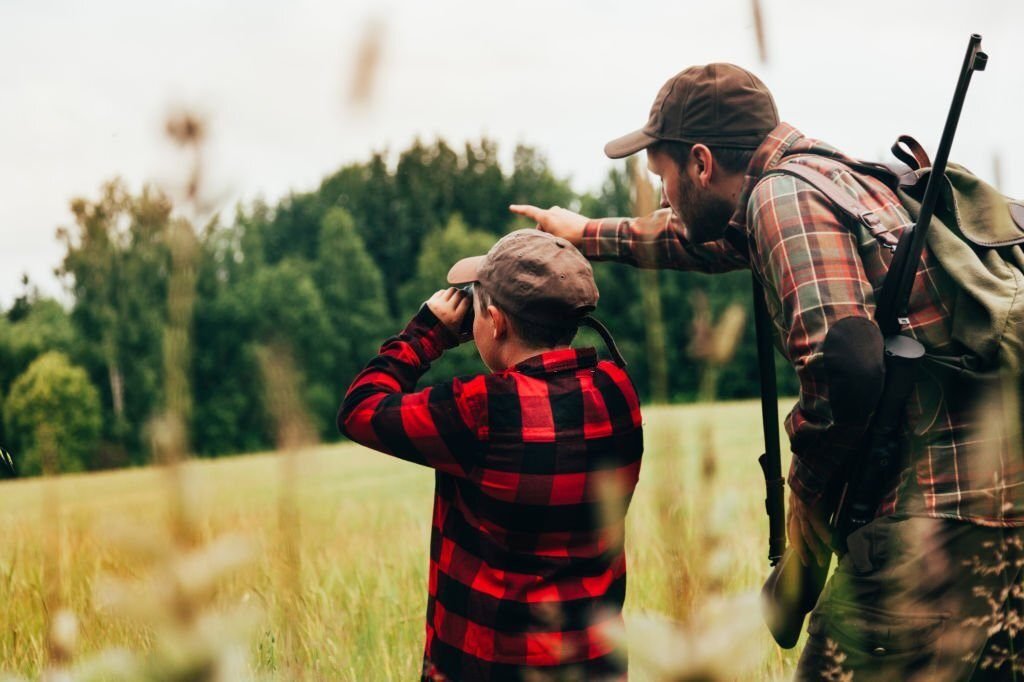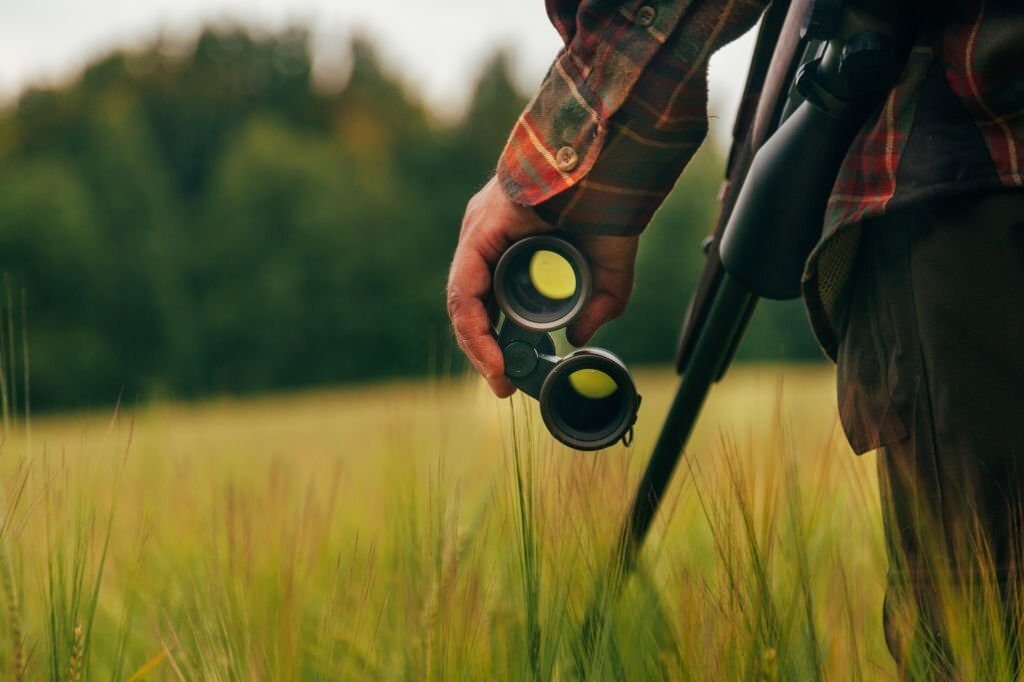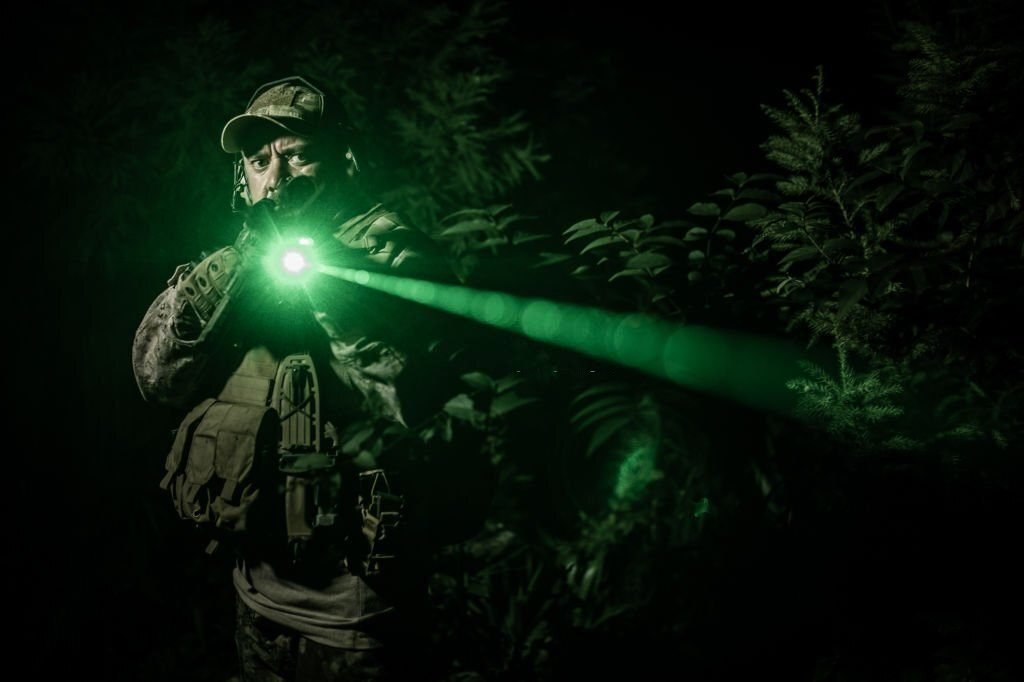There's nothing like the feeling of accomplishment you get after a successful hunt. The planning, preparation and patience all come together in those few moments when you take down your target. In this article, we will share with you The 15 Steps Needed For Putting Hunting Into Action. By following these steps, you'll be able to increase your chances of having a successful hunt every time!
Here Are The 15 Steps Needed For Putting Hunting Into Action

If you're new to hunting, or even if you're an experienced hunter, it's always important to follow these 15 steps in order to have a successful hunt.
Choose Your Type of Hunting
There are many different types of hunting, from big game to small game, and each one requires different skills and equipment. You need to decide what type of hunting you want to do before you can move on to the next step.
Get The Right Equipment
Again, depending on the type of hunting you want, you'll need different equipment such as binoculars, a GPS tracker, a rifle, and a pair of top hunting boots. Make sure you have all the right gear before heading out into the woods.
Get a Hunting License
In order to hunt, you need to have a valid hunting license. You can usually get one at your local sporting goods store or online.
Choose a Good Location
One of the most important steps in having a successful hunt is choosing a good location. You need to find a spot where there is good wildlife activity and where you'll be able to set up your equipment.
Set Up Your Equipment
Once you've chosen a good location, it's time to set up your equipment. This includes setting up your blind or stand, as well as your decoys if you're hunting waterfowl.

Be Patient
One of the most important things to remember when hunting is to be patient. You need to be quiet and still in order to not scare away the game.
Take a Shot
When you finally see your target, take a deep breath and take your shot. Remember to aim for a spot just behind the shoulder in order to take down the animal cleanly.
Track Your Animal
If you've made a successful shot, it's time to track your animal. This is important in order to find it and harvest it properly.
Field Dress Your Animal
Once you've found your animal, it's time to field dress it. This includes gutting and skinning the animal in order to prepare it for transport.
Transport Your Animal
You need to be careful when transporting your animal, especially if you're doing it by yourself. Make sure you don't damage the meat and get it to your destination safely.
Clean Your Equipment
After you've harvested your animal, it's important to clean your equipment properly. This includes cleaning your gun and knife, as well as any other gear you used.
Store Your Equipment
Once everything is clean, it's time to store your equipment properly. This will help to keep it in good condition and ready for your next hunt.
Prepare the Meat
If you want to eat your harvest, you need to prepare the meat properly. This includes butchering and processing the meat into usable cuts.
Cook the Meat
Now it's time to enjoy the fruits of your labor! Cook the meat how you like it and enjoy a delicious meal.
Share Your Story
One of the best parts about hunting is sharing your story with others. Tell your friends and family about your successful hunt and relive the experience together.

What is the method stage of development in hunting?
The method stage of development in hunting refers to the different techniques and strategies that hunters use to find, track, and harvest their prey.
This may include things like using powerful flashlights, binoculars and GPS trackers, tracking game trails and signs, setting up decoys or other hunting equipment, being patient and still while waiting for a shot, and processing and cooking the meat after the hunt is over.
The method stage in hunting is one of the most important, as it involves all of the skills and knowledge needed to be successful in this challenging and rewarding activity.
What should you not do while hunting?
One of the most important things to remember when hunting is to avoid doing anything that might disturb or scare away your target.
This may include making loud noises, moving too quickly or suddenly, wearing bright or reflective clothing, and using scents or other attractants that might attract unwanted attention from wildlife.
Additionally, you should never attempt to take a shot while you are moving, as this greatly increases the chances of missing your target and wounding an animal.
Finally, always be sure of your target and what is beyond it before taking a shot, as bullets can travel great distances and may unintentionally injure or kill someone if you are not careful.

What information should a hunting plan include?
The focus stage of hunting involves carefully selecting and planning out the specific animals or species that you want to hunt.
This may include researching wildlife populations, observing wildlife behaviors and patterns, determining your hunting location based on seasonal factors and weather conditions, selecting the most appropriate hunting gear for the environment and type of prey, and mapping out potential strategies for tracking, stalking, and tracking your target.
The information included in a hunting plan will vary depending on the type of hunt that you are planning, but generally should include details about your goals for the hunt, the specific prey species or animals you want to pursue, any safety considerations or potential risks involved, as well as any necessary supplies or gear for success.
What is the most ethical stage of hunting?
The most ethical stage of hunting is the post-hunt stage, which is when hunters take the time to properly process and clean their harvest.
This includes properly butchering the meat, storing it safely, and disposing of any waste products in a responsible manner.
Additionally, hunters should take care to avoid wastage by using all edible parts of the animal, and by properly caring for their hunting equipment to ensure it is in good condition for future use. The post-hunt stage is critical to ensuring that hunting is an ethical and sustainable activity, and one that respects the animals that are being harvested.
Conclusion
By following these 15 steps, you'll be able to ensure a successful hunt every time you head out into the woods. Just remember to be patient, take your time, and enjoy the experience!
Now that you know The 15 Steps Needed For Putting Hunting Into Action, put them to good use on your next hunting trip! Whether you're new to hunting, or even if you're an experienced hunter, it's important to follow these guidelines in order to have a successful and enjoyable hunt. Good luck!
